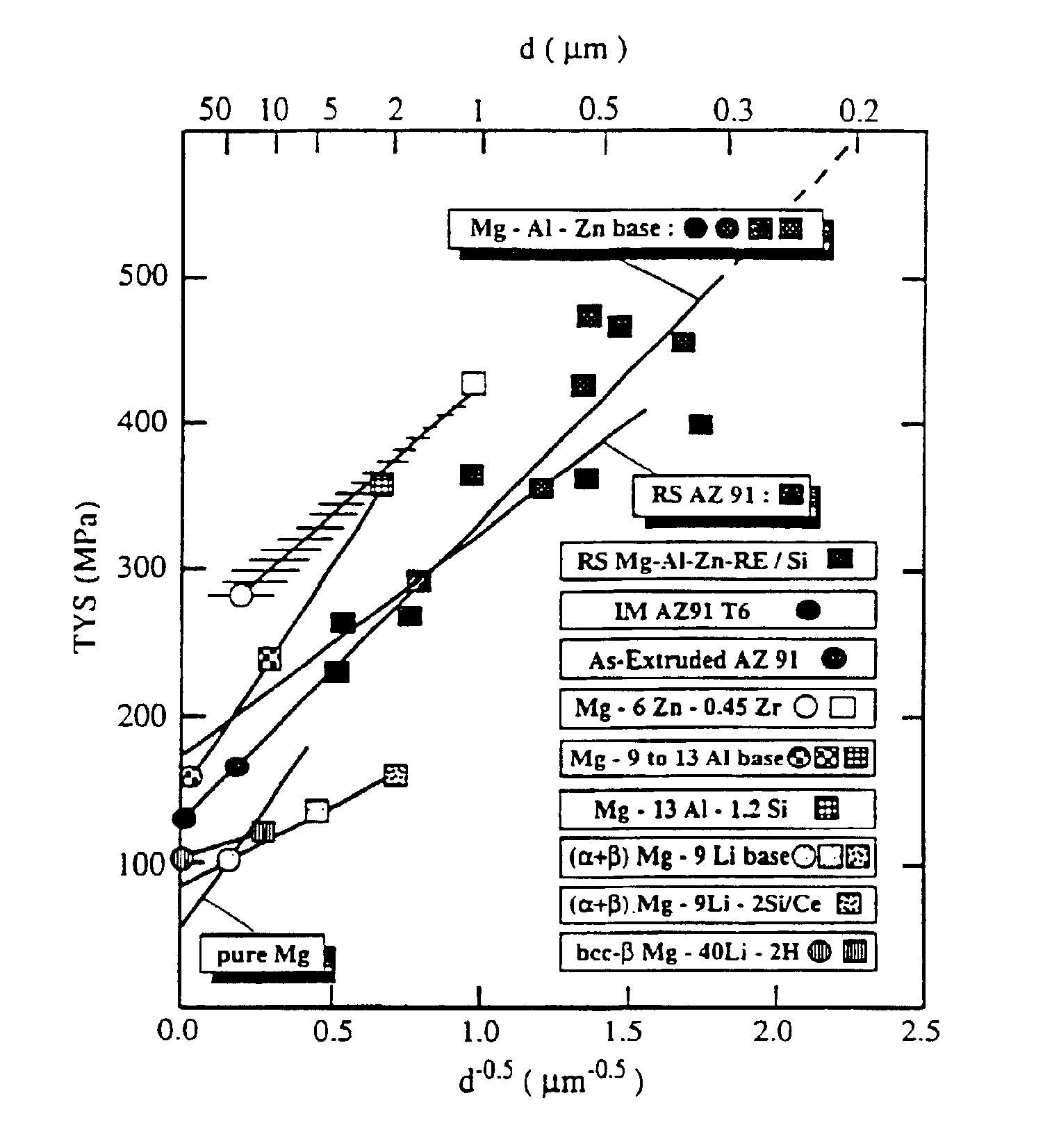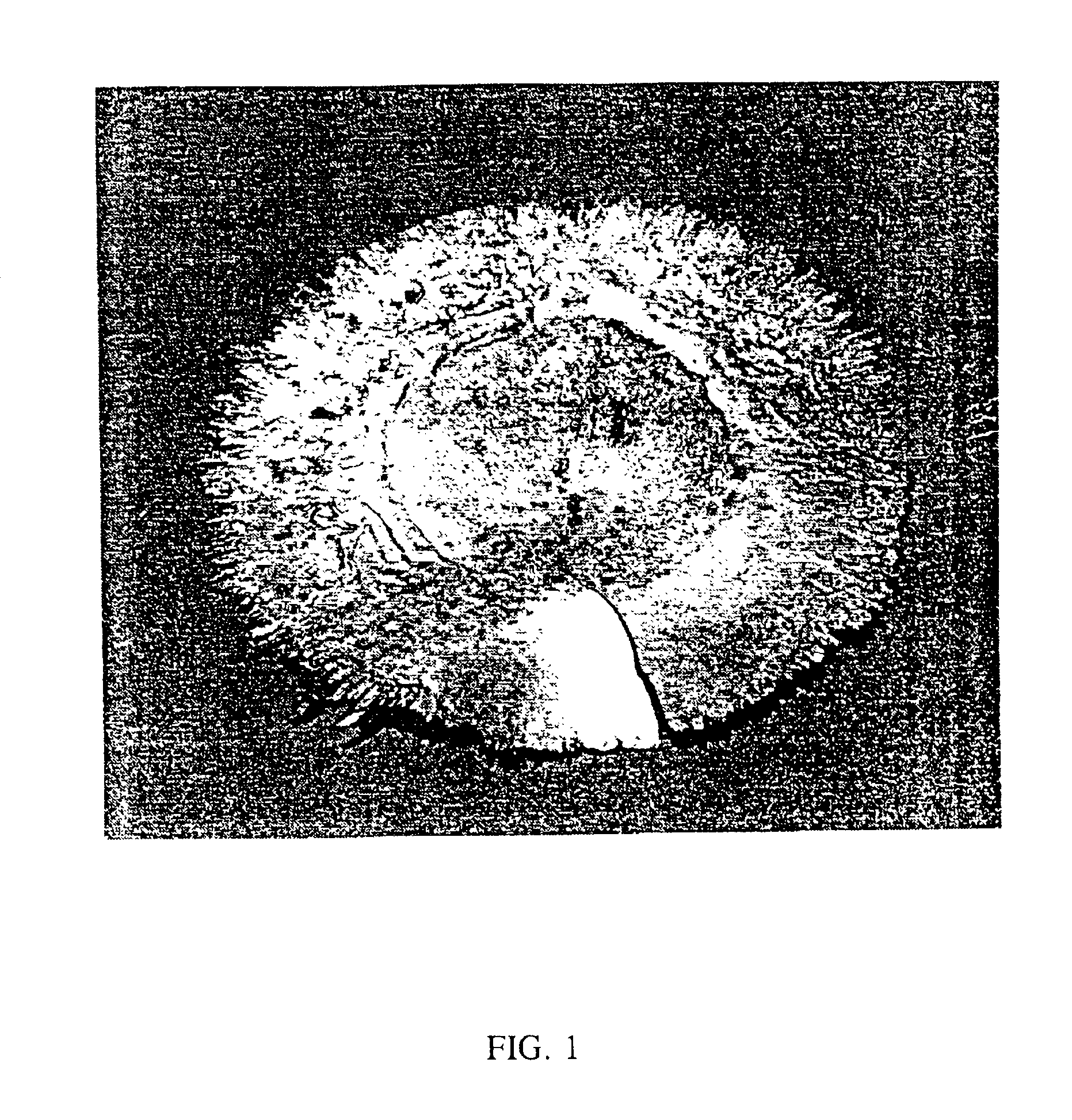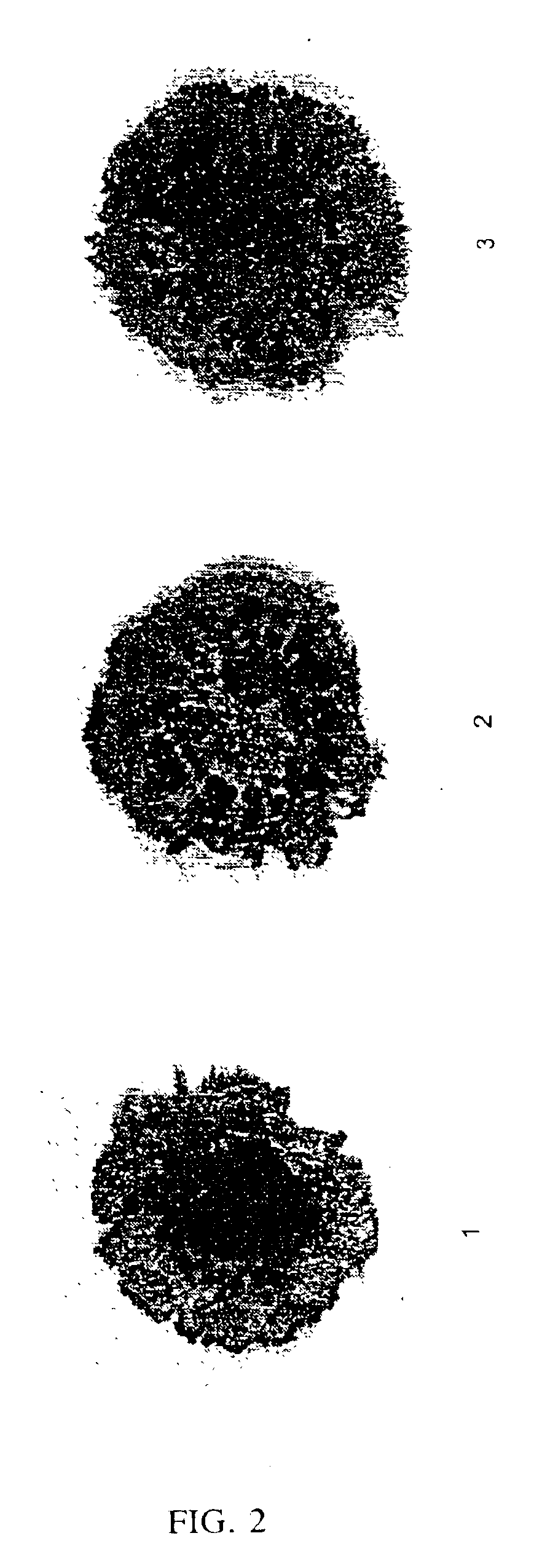Selected processing for non-equilibrium light alloys and products
a non-equilibrium light alloy and processing technology, applied in the field of new magnesium and aluminum alloy articles, can solve the problem that the recalescence does not control the formation of the microstructur
- Summary
- Abstract
- Description
- Claims
- Application Information
AI Technical Summary
Benefits of technology
Problems solved by technology
Method used
Image
Examples
Embodiment Construction
Part I of the Invention: Alloy Structure and Composition and Processing Thereof
1. Corrosion Behavior upon Immersion in Aqueous Solutions of the Extended Solid Solution (TSSE) of Light Rare Earth and of Transition and Simple Metals and of Metalloids in cph-Mg
[0168]A marked improvement in corrosion resistance of these alloys was obtained in comparison to prior art magnesium alloys containing alloying elements such as aluminum, yttrium, other transition metals such as manganese and simple metals such as zinc by using standardized test conditions and in comparison to experimental alloys containing corresponding equilibrium microstructures consisting of dendritic growth with relatively large volume fractions of microsegregations delineating corresponding cell or grain boundaries.
[0169]A first series of the claimed alloys was made by piston-and-anvil (PA) splat cooling in an argon atmosphere using a pressure of 5 bar to pneumatically accelerate the moving piston (cf. H. Gronert, Dipl. The...
PUM
| Property | Measurement | Unit |
|---|---|---|
| porosity | aaaaa | aaaaa |
| porosity | aaaaa | aaaaa |
| thickness | aaaaa | aaaaa |
Abstract
Description
Claims
Application Information
 Login to View More
Login to View More - R&D
- Intellectual Property
- Life Sciences
- Materials
- Tech Scout
- Unparalleled Data Quality
- Higher Quality Content
- 60% Fewer Hallucinations
Browse by: Latest US Patents, China's latest patents, Technical Efficacy Thesaurus, Application Domain, Technology Topic, Popular Technical Reports.
© 2025 PatSnap. All rights reserved.Legal|Privacy policy|Modern Slavery Act Transparency Statement|Sitemap|About US| Contact US: help@patsnap.com



